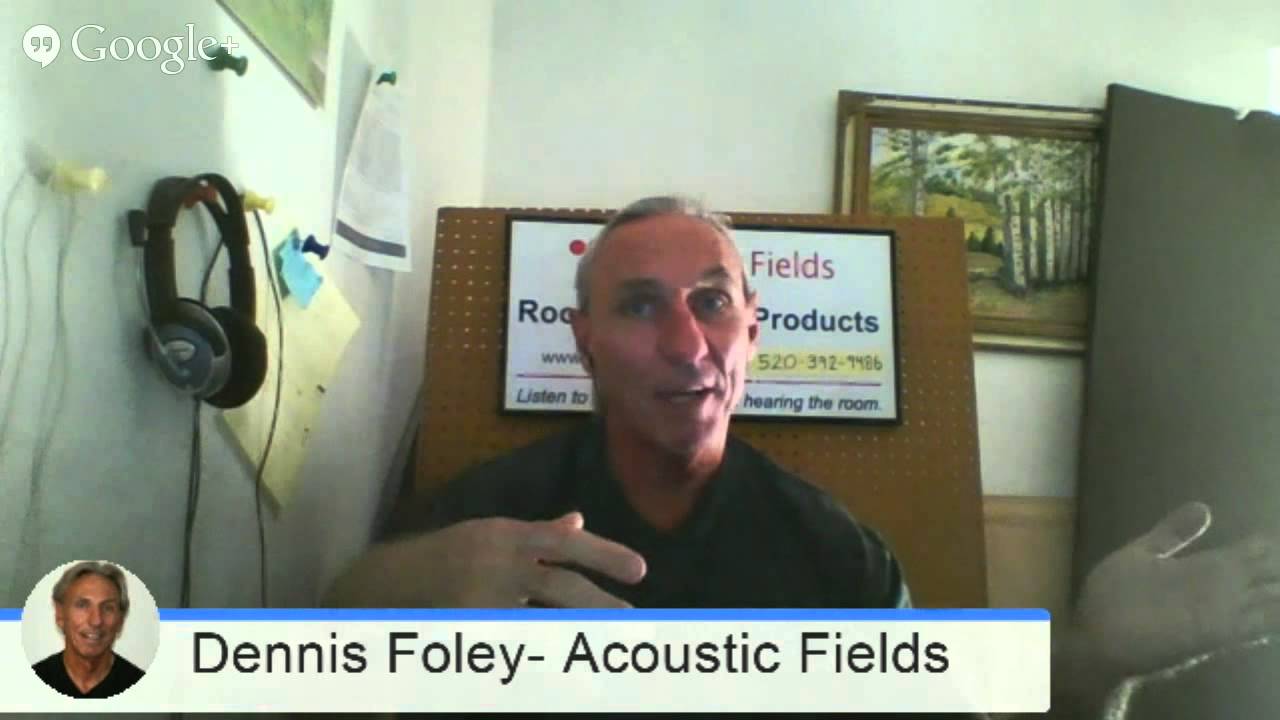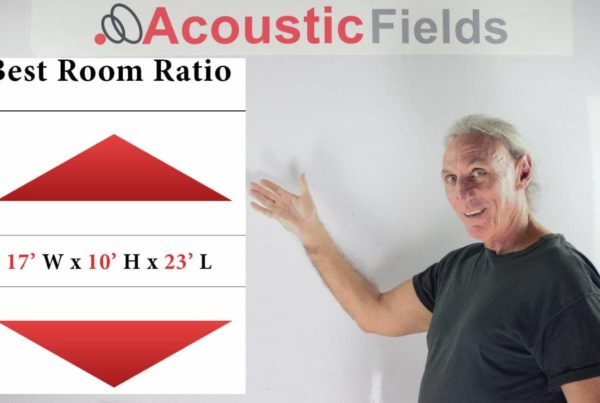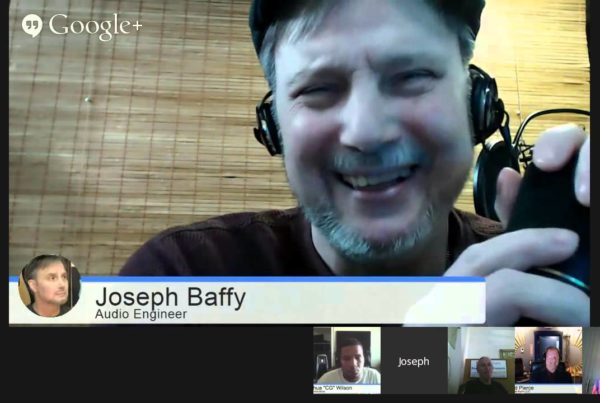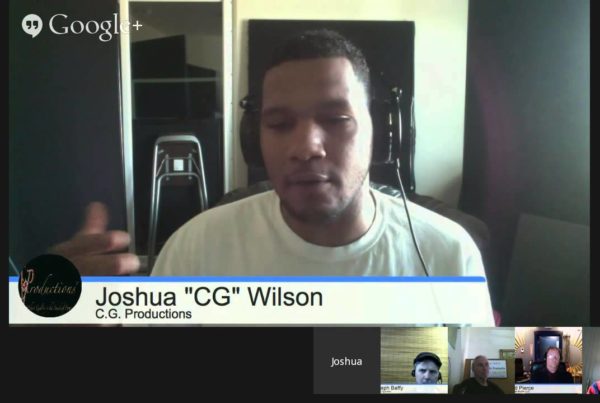In response to my recent speaker boundary interference response video, which you can see further down this page, I was asked if flush mounting the speaker solve that problem or does it create even more issues? Well if you’re flush mounting monitors that means they’re in the wall in a (saw-fit) I’m going to assume that’s what he means by his question.
So whether they’re mounted in the (saw-fit) or free-standing you still have sidewall reflections. So you still have to manage those. So the easiest way to manage the sidewall reflection is not to create more of them. If you put an object in between the speaker, put an object between the speaker and the sidewall then you know you’re just going to create more reflections.







